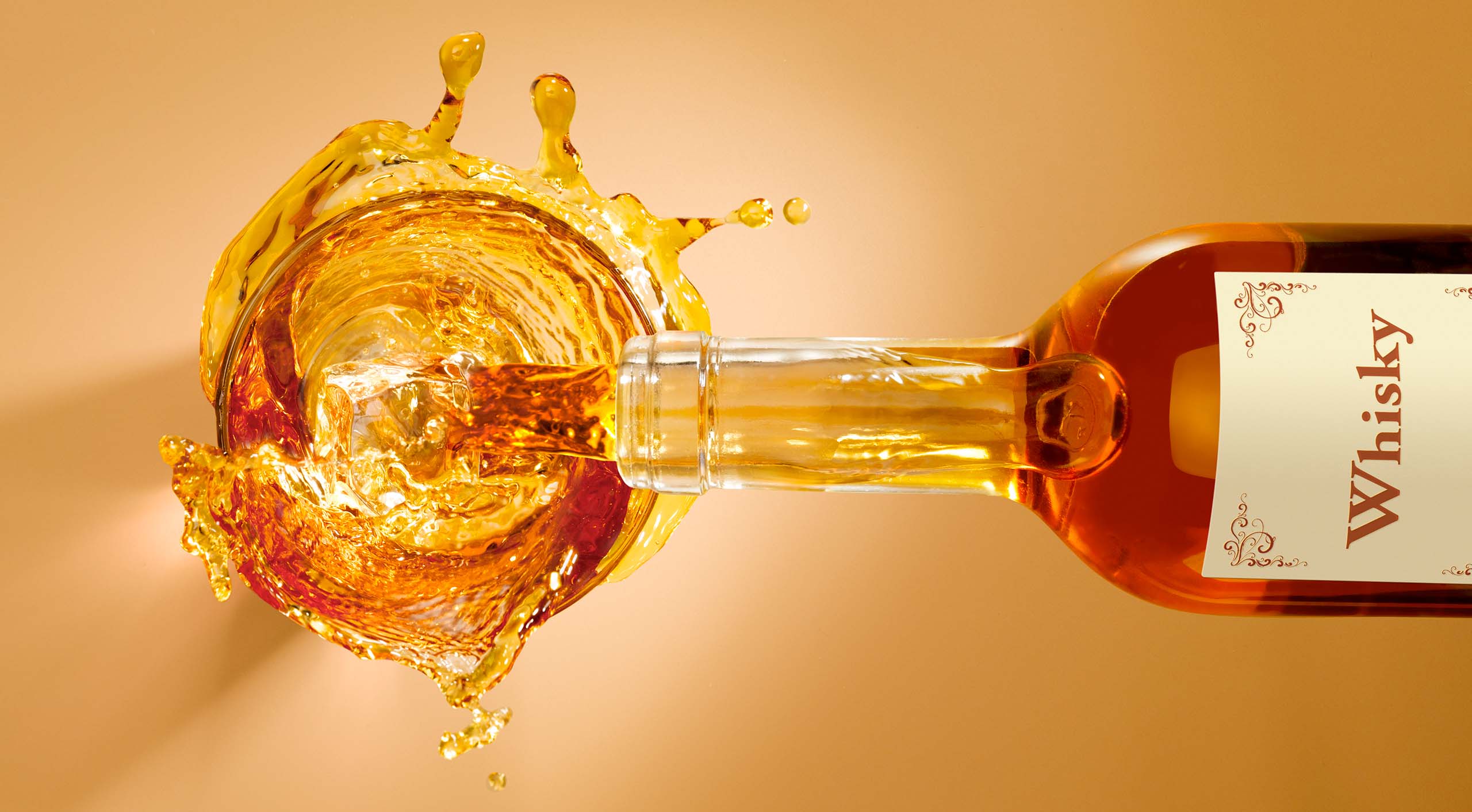The world of whisky is an exciting place with much diversity and innovation, but can be a daunting and intimidating. There are so many distilleries around the globe, all distilling different styles of spirit in their different ways,that it can be easy to get confused.
A little knowledge can go a long way
We see each new piece of knowledge as being like a jigsaw piece and once a few fit together then the bigger picture can soon become clearer. By learning some of the simple basics in this section, it can quickly become much easier to navigate your way through this rich and diverse world. Everything that is explained here will lay a solid foundation upon which you can further build your learning and experiences.

How Is Whisky Made?
Made from three simple ingredients – grain, yeast and water – producing whisky is a detailed process that allows master distillers to create a myriad of flavours and character.

How To Taste Whisky
The ‘art’ of tasting whisky is much simpler than you think. You can read so many tasting notes that refer to a whisky as having flavours that can leave you wondering “am I tasting the same whisky?” But how do you learn to pick up such extreme, different and expressive characteristics?

Explain About …
From what happens when you add water or ice to your glass of whisky to what influence an oak cask has on whisky as it matures, find our comprehensive guide to many of the most common questions about whisky.

A-Z Glossary
The whisky world is full of terms and words that can often be confusing to the beginner. Discover the definitions, so you know your draff from your pot ale and your mashbill from your sour mash.
The most common questions
Is it spelled whisky or whiskey?
Well, both actually. The Scots spell it whisky and the Irish and Americans spell it whiskey, with an extra ‘e’.
Should I add water or ice?
Adding water or ice changes a whisky in both positive and negative ways. We’ll have a look at how this effects your whisky.
Why is whisky aged in oak casks or barrels?
Many of the flavours and characteristics of whisky are picked up from the wooden casks that it spends its time maturing in.
What makes a whisky single malt?
One of the most popular spirits in the world, the term ‘single malt’ refers to a whisky which is distilled at one distillery and then matured and bottled.
Good places to start
- Learn the process of how whisky is made and how the distiller can influence the flavour of the spirit at each stage.
- Discover the whisky producing regions of Scotland and how each has traditional regional variations of flavour and style associated with it.
- Try different whiskies and then note down the aromas and flavours. What do they remind you of?
- Taste a whisky neat and then add a few drops of water. Describe the differences, then add a few more drops and do the same.
- Read as much about different distilleries and brands as you can. Visit their websites or the distillery itself, if possible.
- Experiment with different styles and ages of whisky. Be prepared not to like them all. A bad experience is as valuable as a good one. This will help you discover which style you prefer.
Whisky Basics
Post Archive
-

How Malt Whisky is Made
Making single malt whisky is a six-part process – malting, milling, mashing, fermentation, distillation, and maturation.
-

Whisky Cask Sizes and Types
The shape and size of a whisky cask, plus what it is made from, has a profound effect on the spirit maturing within.
-

How Are Whisky Casks Made?
The art of making whisky casks is a highly skilled and traditional practice. This is called coopering.
-

Independent Bottling Companies
Independent bottling companies expand the whisky market by offering unique styles of matured whisky from well-known and boutique whisky distilleries under their own brand.
-

5 Categories of Scotch Whisky
There are five categories – defined to protect the laws and reputation of Scotch whisky. Single Malt, Single Grain, Blended Scotch, Blended Malt, Blended Grain.
-

‘Address To A Haggis’ by Robert Burns
The famous poem written by Scotsman Robert Burns, written as a celebration and homage to Scotland and all things Scottish.
-

Burns Night
Burns Night is an annual festival that celebrates the life and works of Scottish poet and lyricist Robert Burns.
-

Differences Between Scottish and Irish Whiskies
Scotland and Ireland both have a rich heritage in the whisky industry. So what are the differences between the whiskies from these two nations?
-

Scottish Pronounciation
The names of most scottish whisky distilleries are determined from their location. Many of these are derived from the Gaelic language and a lot of people find them hard to pronounce.
-

Influence of Peat
What influence does peat have on whisky flavour? Learn about the character of peat and why it is used in the whisky industry.
-

Chill filtration
Removing small particles and substances from the whisky before bottling creates a clear non-cloudy amber spirit. But what is its effect on whisky?


